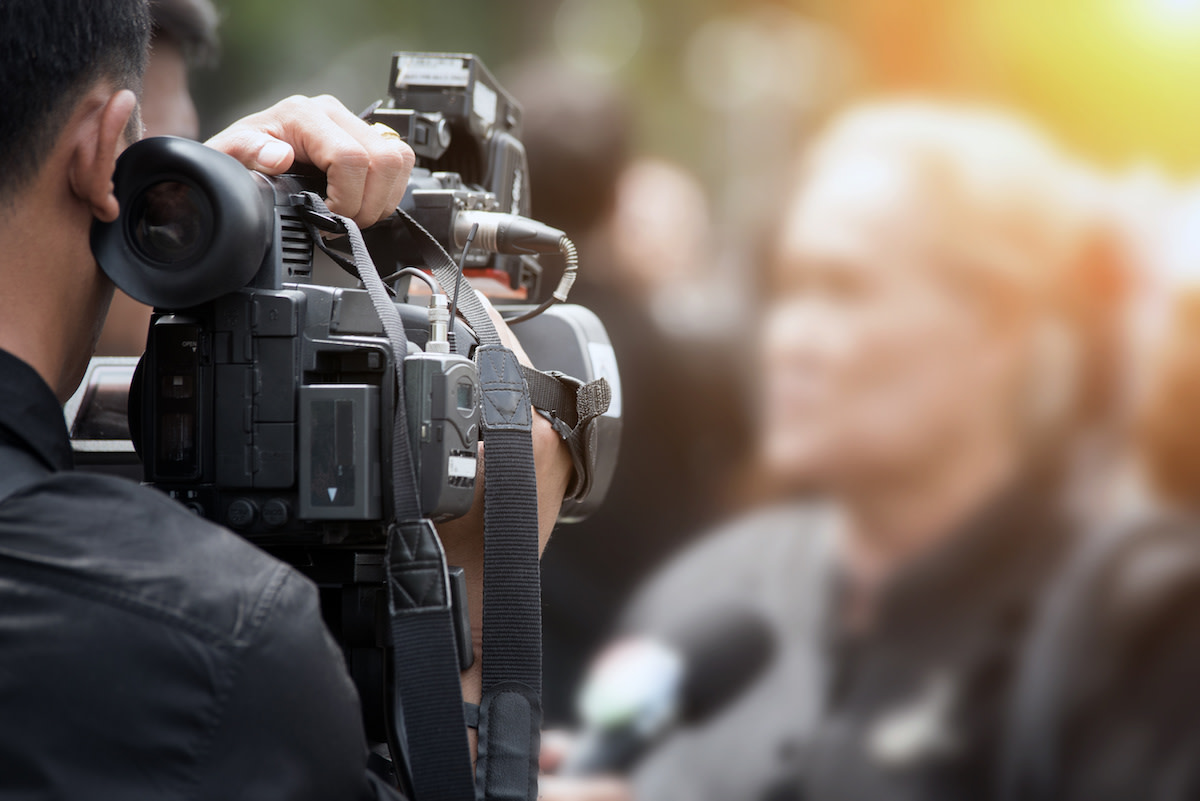Film 101: What Is a Close-Up Shot? How to Creatively Use a Close-Up Camera Angle to Convey Emotion
Written by MasterClass
Last updated: Sep 1, 2022 • 4 min read
One of a film director’s most important jobs is to tell a story that makes their audience feel something. Whether it’s happy, sad, moved, or scared, the close-up shot helps both actors and directors convey deep emotion to the audience.
Learn From the Best
What Is a Close-up Shot?
A close-up shot is a type of camera shot size in film and television that adds emotion to a scene. It tightly frames an actor’s face, making their reaction the main focus in the frame. The director of photography films a close-up with a long lens at a close range. This allows the actor to establish a strong emotional connection with the audience, and the audience to intimately see details in the subject’s face they wouldn’t see otherwise in a wide shot, long shot, or full shot.
The History of Close-up Shots
Close-ups first appeared in film around the turn of the twentieth century. Early filmmakers like George Albert Smith, James Williamson, and D.W. Griffith incorporated close-up shots into their movies As Seen Through a Telescope (1900), The Big Swallow (1901), and The Lonedale Operator (1911), respectively.
After that, filmmakers incorporated close-ups into their work more. Italian director Sergio Leone famously used extreme close-ups in the final duel scene of The Good, the Bad and the Ugly (1967). Steven Spielberg is known for slowly zooming into close-ups during tense emotional moments in his films.
How the Close-up Shot Changed Film and Television Forever
For centuries, the biggest tool in an actor’s arsenal was how they moved their body and controlled their performance on stage. With the advent of film and television, different shot types gave directors a new way to build a performance and actors a new way to add depth to their performances and convey their characters in new ways. For example, a close-up allows an actor to use their face as a more nuanced instrument when working on camera.
4 Different Types of Close-up Shots
There are four main close-up shot types to know:
- 1. Medium close-up shot: halfway between a medium shot and a close-up shot, capturing the subject from the waist up.
- 2. Close-up shot: frames the head, neck, and sometimes the shoulders of the subject.
- 3. Extreme close-up shot: a more intense version of the close-up, usually showing only the subject’s eyes or another part of their face.
- 4. Insert shot: a close-up that focuses on a specific object, prop, or detail, signaling to the audience that it’s important.
5 Reasons a Director Should Use a Close-Up Shot
Directors use close-ups for a number of reasons:
- 1. To convey emotion. A close-up is an emotional moment that draws in the audience and portrays a character’s innermost feelings. This makes the viewer feel like they’re part of the action.
- 2. To play up a character’s subtleties. A close-up allows small details like a smirk, eye roll, or eyebrow raise to effectively tell the story.
- 3. To change the storytelling pace. Cutting to a close-up shows a character’s reaction to someone or something, which signals how they feel and foreshadows what course they may follow next.
- 4. To tell the audience someone or something is important. Close-ups draw the audience’s attention to the main characters and communicate the importance of their presence, reactions, and/or behavior. They can also draw attention to specific objects that add context, drive the narrative, and help the audience better understand the story.
- 5. To relate the story back to the viewers. When done well, close-ups help viewers understand the world from a character’s point of view by showing how the action affects them and what they’re feeling in the current moment.
3 Things Every Actor Should Know Before Filming A Close-up Shot
Shooting a close-up requires a specialized acting skill set. You should:
- 1. Be able to act using just your facial expressions. In a close-up, the camera focuses only on your face. If you don’t have dialogue during a scene shot close-up, you will have to rely almost entirely on your ability to express emotion.
- 2. Do your research. Do your research to know your character inside and out to be able to convey emotion as that character. If you’re portraying a real person, watch archival footage, if available, to study their emotions and facial expressions. If you’re portraying a fictional person, get to know their backstory intimately and discuss their thoughts, feelings, beliefs, and motivations with the director.
- 3. Get to know the director of photography. Shooting a close-up can be nerve-wracking. Look down the camera lens to see what the director of photography sees, understand their creative vision, and feel comfortable with the team behind the camera—this may help you feel more comfortable in front of it.
Technical Considerations for Using Close-up Shots
Now that you know how and why to use close-ups, consider these things to use them effectively:
- How will you arrive at the close-up? Part of using a close-up includes deciding what camera movement or technique you’ll use to arrive there. Slowly dollying in on characters’ faces builds tension, while abruptly cutting to a close-up can surprise the audience and signal that something big is about to happen.
- How will you combine close-ups with other shot sizes? A successful scene includes a variety of shot sizes. The director must combine them in a way that tells a story and creates meaning for the audience.
- How often will you use them? Directors must strike a delicate balance of close-ups with other shot sizes. Too few close-ups and the audience may be emotionally disconnected from the characters, but too many and they may get confused about the surroundings and context.
Learn more filmmaking techniques in Jodie Foster’s MasterClass.
